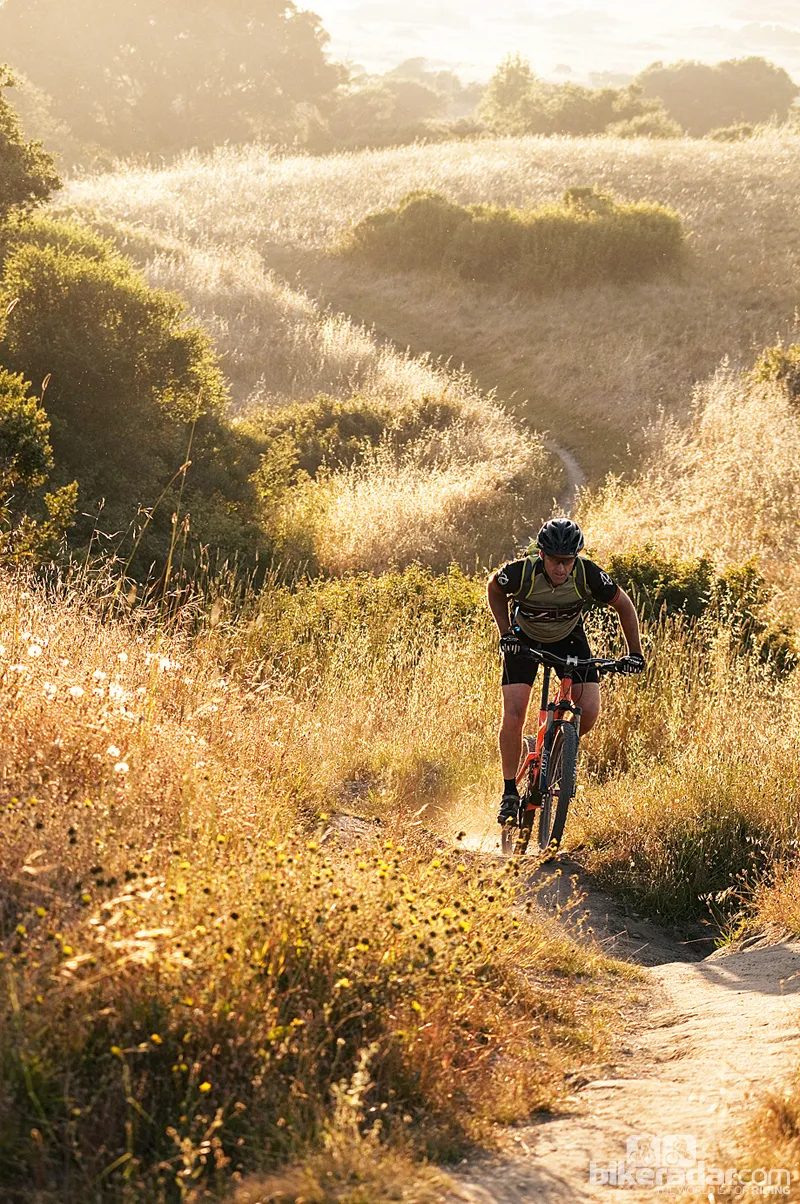California based Ibis Cycles are known as one of the smaller, quirkier and more innovative bike manufacturers. What Mountain Bike spoke to company founder Scot Nicol to hear his thoughts on working as part of a small team, the future of 26in-wheeled bikes and new technology.
On life at Ibis
“I founded Ibis Cycles way back in 1981. Today we’re still a tiny company of only 12 people, so we each wear a lot of hats. My primary duties these days are marketing, communications, website, those sorts of things. The other owners are Hans Heim, Tom Morgan, Roxy Lo and Colin Hughes. We all work here in key roles.”
On form versus function
“When Hans Heim was first putting the Mojo design team together he completely flipped the ‘form follow function’ paradigm, putting form first, which is not the way it’s generally done in the bike industry. Designs in the bike industry have historically been engineer driven rather than designer driven. Engineers tend to design with lots of triangles, for a variety of reasons.
“With carbon fibre monocoque we aren’t married to tubes, or modified tube shapes, so we can completely step outside the realm where bicycle design has been for a long time. Roxy Lo created the iconic Ibis frame configuration, and continues to this day to work on every one of our new products.”

An unusual shrine to past successes at the Ibis HQ in California
On the future of 26in wheels
“I don’t think 26in wheels are going away any time soon. 650b [27.5in] will certainly cannibalise both 26in and 29in. And yes, for longer travel bikes where 29in is simply too heavy and/or weak and cumbersome, 650b is going to be increasingly popular.
“I also think that for shorter riders, Nino [Schurter – World Cup winner who rides on 650b wheels] for example, 650b makes a lot of sense. We have a lot of people putting 650b on our Mojo and Mojo HDs over the last couple of years and loving them.”
On the future of carbon technologies
“We’ll continue to see more advances in carbon – for example, better impact resistance. It’s good now; we’ve delivered close to 10,000 Mojo frames over the last seven years and can count the number of down tube rock impact strikes that actually penetrated the carbon matrix on two hands. We think we can do even better than that.
“Both the carbon fibre raw material we use and our industry’s construction techniques will continue to see modest improvements. If you look at the improvements on a month-to-month timeline, you won’t see much change. But step away for five years and you’ll see all those increments stacked up. You can do this in reverse – just pick up a five-, 10- or 15-year-old magazine and compare that to what we’re seeing today.”
On 3D printing technology and a metal renaissance
“3D printing is cool for small runs and prototypes. As far as a renaissance in steel or titanium, no, I don’t see that making a big difference. The steel and titanium guys will certainly have a lot more tools at their disposal if they start making dropouts and other bits this way, but it’ll remain niche. And there’s nothing wrong at all with that.”

A typical day at work for Scot ‘Chuck Ibis’ Nicol
On the future of road bikes
“I do think we’ll continue to see more and more ‘suspension’ built into road bikes, whether it’s active with links, passive with flexibility or through tyre and wheel technology. Disc brakes and suspension will be the biggest changes in the coming years.
“I'm super excited about disc brakes on road bikes (and cyclocross bikes). I think it’s unacceptable to have a bike that doesn’t stop in the wet. Rim brakes don’t work in the wet. Disc brakes do. We would never allow a car to have brakes that you have to apply in advance of having them work.
“The ‘gravel bike’ phenomenon that’s taking hold over here is getting some huge benefits from all of this technology now. You’ve got super-light carbon frames, crazy light wheels with tubular or tubeless tyres, tapered steerers for über steering precision, disc brakes that actually work and gobs of clearance for fenders or big cushy comfy tyres, and the bike will still weigh only 15 or 16lb.”
An abbreviated version of this interview is published in issue 141 of What Mountain Bike magazine, available on Apple Newsstand and Zinio.



